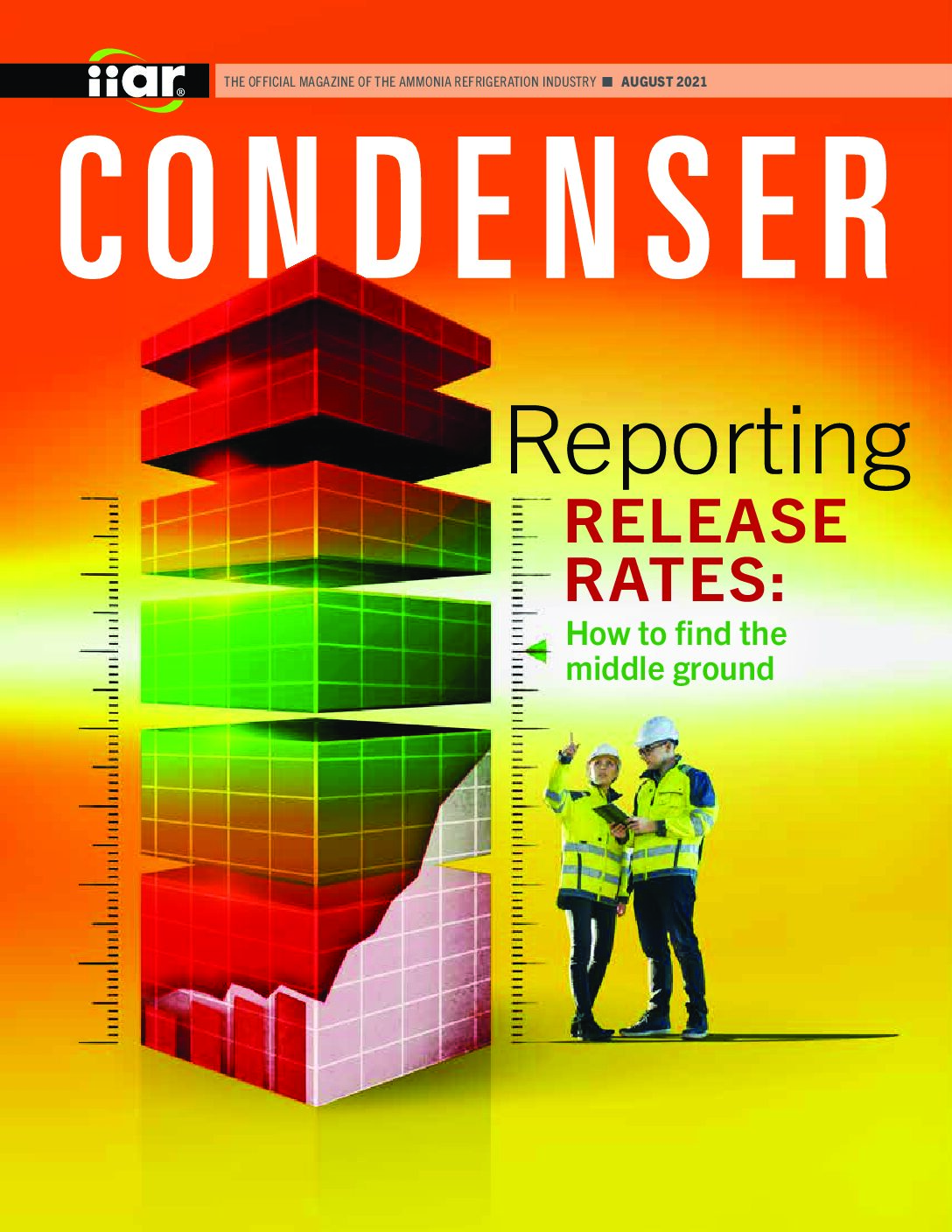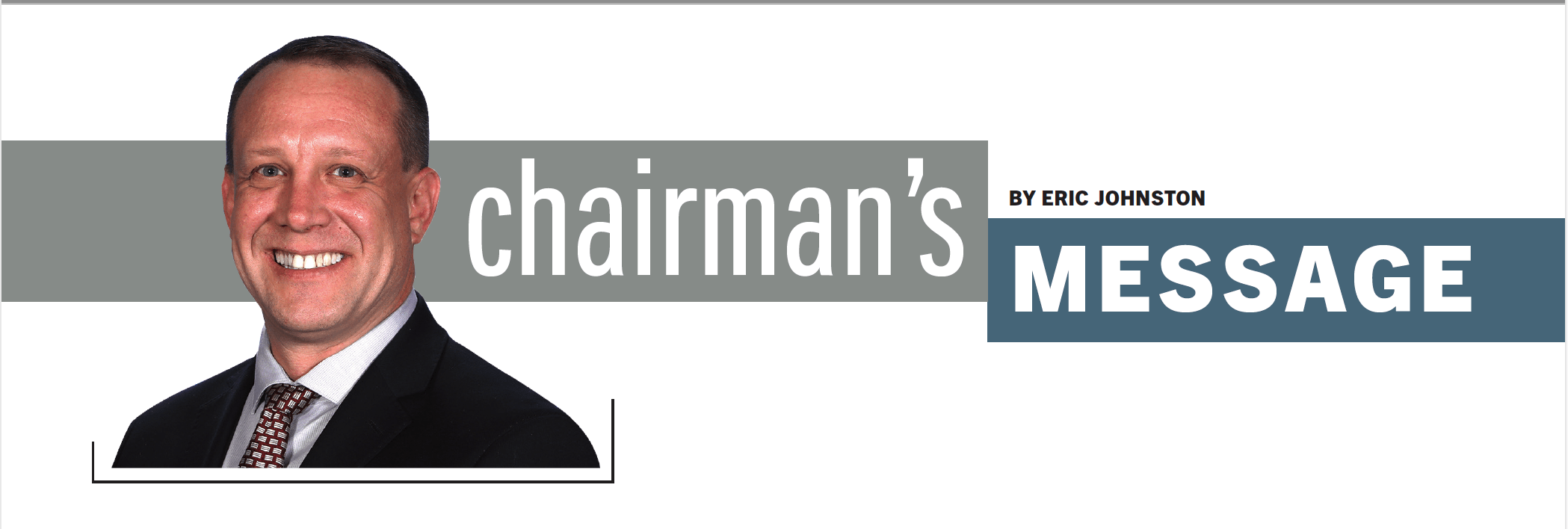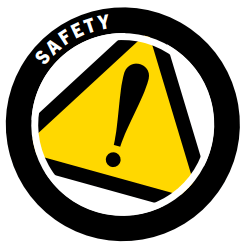
President’s Message by Gary Schrift
After a summer of new pandemic news, normalcy has never felt so close and yet so far away at the same time. By the time of this column’s publication, your IIAR staff will be busy finalizing a return to in-person IIAR conferences in 2022. We can all look forward now to seeing familiar faces in Savannah, Georgia, next year. And at the same time, the “old normal” will never be the “new normal.”
Read More

















